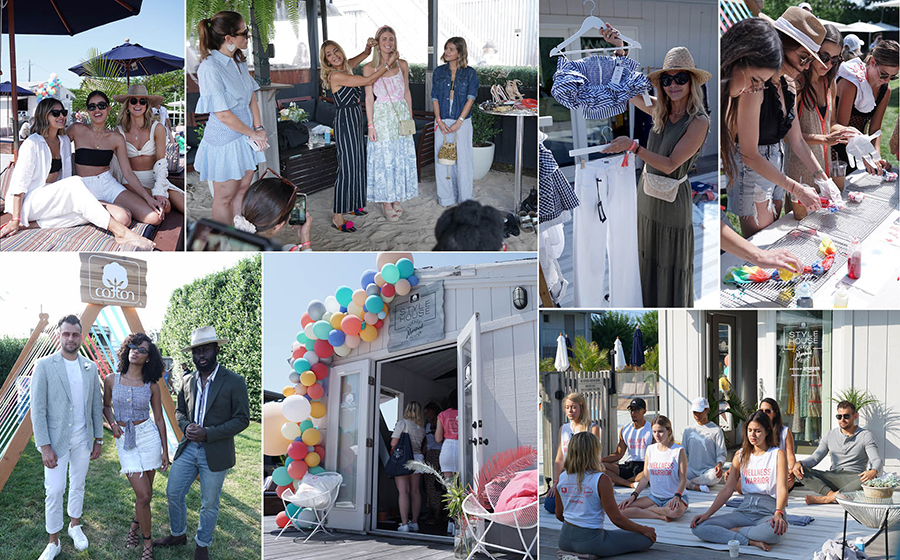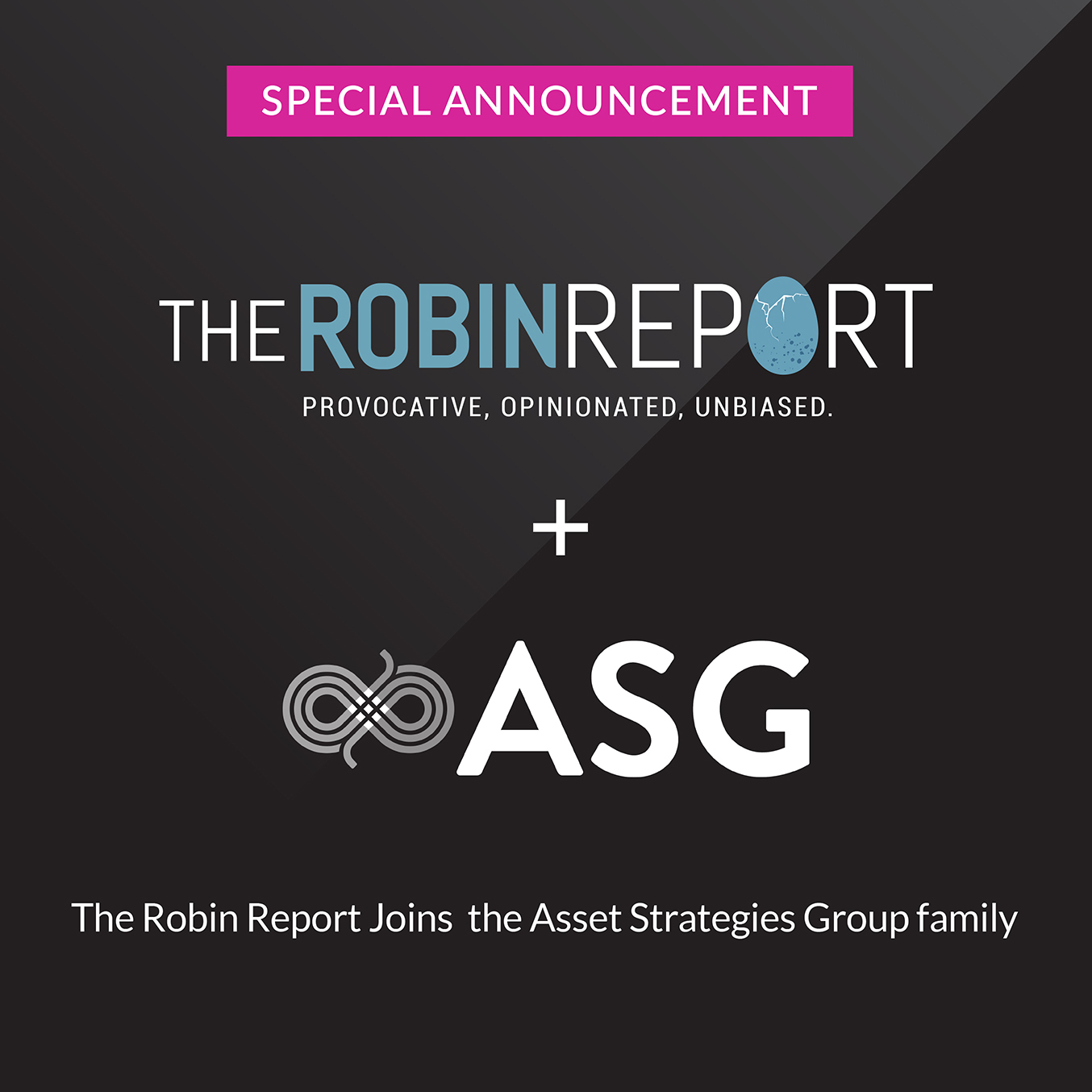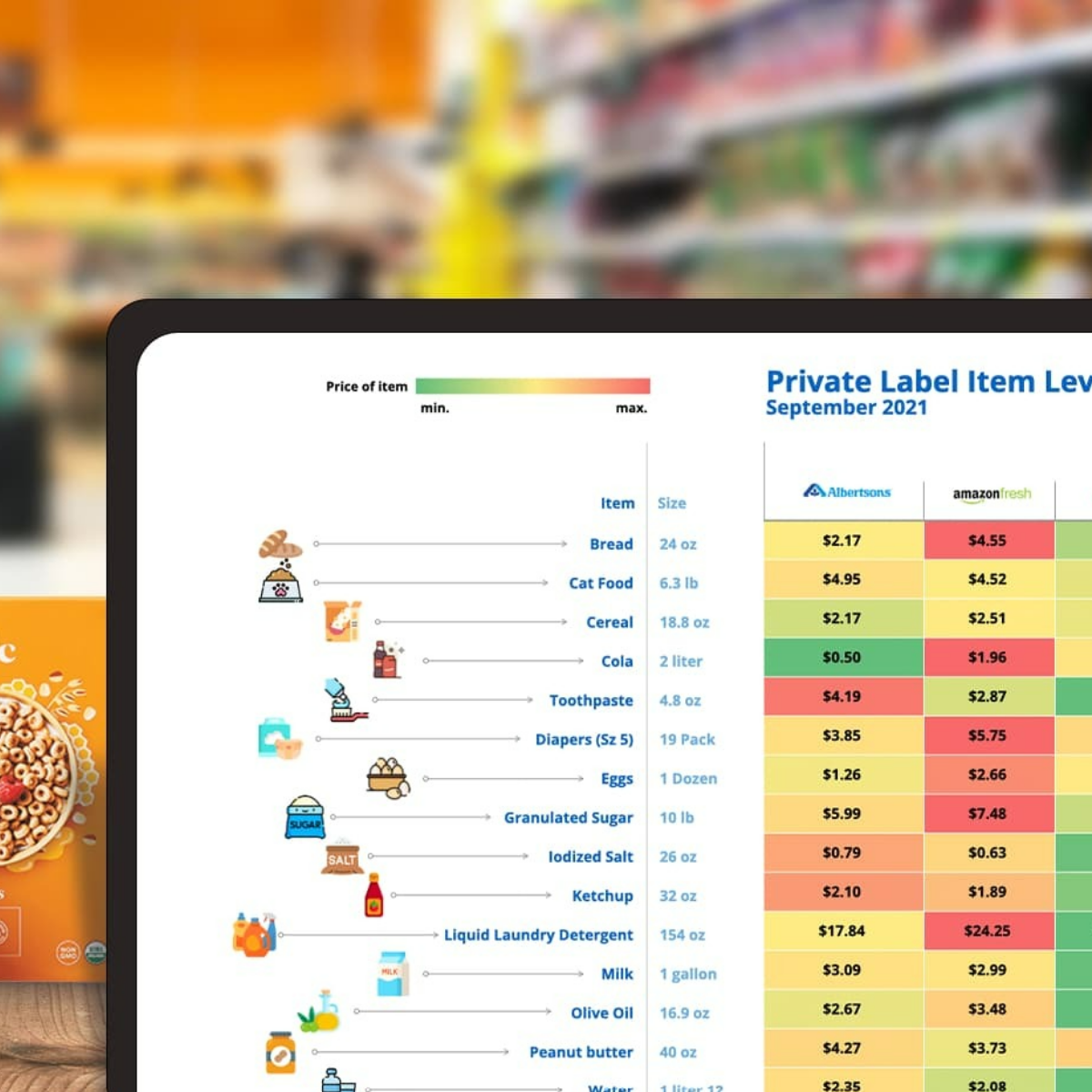Montauk lies 118 miles east of midtown Manhattan, at the eastern tip of Long Island. Purchased in 1648 by British settlers from the Montaukett Indians, Montauk served as grazing land for settlers’ cattle herds for over a century. George Washington commissioned the Montauk Lighthouse in 1797, where it stands today, to warn ships off the rocky coast. In 1882, Stanford White built seven shingle style houses along the coast, also still standing. The Long Island railroad reached Montauk in 1895 making it accessible for Metro types. In the 1920s, Carl Fisher, the developer of Miami Beach, had a vision that Montauk would become a playground for the elite. He built a yacht club, a golf course and several Tudor style buildings, all still standing today, before losing his fortune in the 1929 crash. In 1924, Robert Moses grabbed much of the land bracketing Montauk claiming the acreage for the public parks, Hither Hills and Montauk State Park, making a lot of Montauk’s surrounding land unavailable for commercial development.
Montauk remained a sleepy hamlet, largely untouched by its glitzier Hampton neighbors, Amagansett and East Hampton, just a few miles to the west. It had an otherness, end of the road character, which was distinct. Montauk’s main draw was fishing, both commercial and recreational. Low rise motels built in the 60s and 70s housed some tourists as well as 70s rock stars like Mick Jagger, who famously stayed at Montauk’s run down-looking Memory Motel.
Montauk’s sleepiness ended in 2008 with the opening of the Surf Lodge, which drew both Hamptonites and Hollywood celebrities. Within a nanosecond, those low-slung motels were repurposed into high-end resorts, with amenities appealing to millenials who could afford them. Restaurants and bars buzzed. Like Brooklyn is to Manhattan, Montauk is the Hamptons: a destination for the hip, well heeled and wannabe younger crowd.
Cotton, Incorporated Trending
Cotton Incorporated’s mission is to increase the demand and profitability of cotton. Cotton Incorporated, which is funded by U.S. cotton producers and importers of cotton and cotton textile products, was founded in 1970 to stem what was then the decline of cotton sales at retail. In 1960 cotton accounted for 78 percent of apparel and home fabrics sold in the United States, but by 1975 share of cotton dropped to an all time low of 34 percent, the result of aggressive marketing of synthetic fibers – polyester, Dacron, rayon, nylon, in the 1960s and 70s.
The Cotton Seal, signifying that a garment was made of cotton, was introduced in 1973. It branded cotton and gave it a meaningful and universal label. By 1983, Cotton Incorporated’s efforts stabilized cotton’s share decline. Cotton Incorporated’s iconic advertising campaign, The Fabric of Our Lives, introduced in 1989, contributed to the regained dominance of cotton that is up to about a 60 percent share of apparel and home sales today.
Cotton Pops Up
Over the weekend of July 26, 2019, Cotton Inc. opened a pop up shop, Cotton Style House, in partnership with Amazon, and staged a three-day immersion event at the Montauk House Hotel — one of those repurposed hot spots filled with millenials. The pop up shop merchandise was curated by celebrity stylist, Irma Martinez, from existing brands like Adidas, AG, American Apparel, A/X Armani Exchange, BCBG Max Azria, For Love & Lemons, J. Crew, MinkPink, Perry Ellis and Puma x Selena Gomez. Martinez is something of a celebrity herself, styling for the Latin Grammys, Ricky Martin, Gloria Estavan, Sofia Vergara, Shakira and the like. Her handle, @irmastyle has 121,000 Instagram followers.
The Cotton Style House collection is comprised of 270 pieces priced from $11.99 to nearly $400. It will stay up on Amazon until August 31. It is grouped into four lifestyle categories, On the Go Getter, Jet Setter, Show Stopper, Wellness Warrior — each inspired by a pair of leading Influencers.
The Pop Up Shop offered hotel guests and passers-by a chance to see the collection and purchase products from their smartphones or from Amazon fire tablets offered up by Cotton Ambassadors. Consumers could simply hold their phone up to an item and it instantly appeared on their screen ready for purchase. No click required.
Cotton for a New Generation
Cotton Inc. knows there is a new generation who thinks, acts and shops differently. These consumers like engagement and experience. And Cotton Incorporated created an experience for them as a part of the Cotton Style House pop up in Montauk. There was yoga – Cotton Incorporated works with Lululemon and UnderArmour to develop athleisure fabrics featuring cotton. There was a kickboxing class, acai bowl building and cotton tie-dying. A poolside Splash Bash was followed by styling tips from industry experts about making looks go from day to night. Irma Martinez, the curator of the Collection was one of the speakers.
Influencers Influencing
The eight Influencers who partnered with Cotton for the event were present throughout the weekend. The Influencers, paid by Cotton for the promotion, were bused out to Montauk, put up at the Montauk House Hotel where they interacted with hotel guests and visitors to the area. The eight Cotton Style House Collection partner influencers, Melody Acevedo (@melodyslife); Gregory Dava (@gregorydava); Marissa Fuchs (@fashionambitionist); Pam Hetlinger (@pamhetlinger); Becky Hillyard (@cellajaneblog); Patrick Van Negri (@patrickvannegri); Steven Onoja (@stevenonoja); and Jill Wallace (@littleblackboots) were outfitted in looks from the collection throughout the weekend, changing outfits frequently to coincide with the scheduled activities. And they looked chic and gorgeous in them. They mixed and matched the items from the collection and added accessories to make them their own. Some traveled with a plus-one photographer. Others knew how to make their photos speak large.
These Influencers are accessible celebrities. Among them, they have 1,584,000 Instagram followers, excluding Irma Martinez’s 121,000. Consumers interact with the Influencers, commenting on their posts, asking questions, seeking advice, and, buying their recommended outfits. The Influencers began posting to their followers even before they arrived generating early interest. They continued posting all weekend and for several days after.
Influencers Learning
Equally, if not more important, Cotton Incorporated was able to educate these young Influencers on the benefits of cotton fabric – a plant product that is comfortable, versatile, durable, breathable and cool, so they can explain these benefits to their followers. Cotton Incorporated has a deep sustainability component and their Chief Sustainability Officer, Jesse Daystar, was there to explain all. Sustainability is an important issue for millenials and younger Gen Z consumers. According to a Cone Communications 2016 report 83 percent of millenials and 94 percent of Gen Z’s would be more loyal to a company that helps them contribute to social and environmental issues vs. 70 percent U.S. average. A 2017 study from NDP Group found that Gen Z is willing to spend as much as 10 to 15 percent more on sustainably produced clothing. A Nielsen study from 2015 found nearly three-quarters of 15- to 20-year-olds would pay more for a sustainable product, compared to just 51 percent of Baby Boomers.
Measuring Results
Sales for the Cotton Style House Pop Up won’t be available for some time. But, whether the Pop Up merchandise sells well is likely not the best or only measure of success. Cotton Incorporated reversed their share decline in the 70s and 80s by actively promoting cotton. In mass media and in focused, ongoing multi-faceted, multi-disciplined promotional efforts. From the Cotton Seal and advertising, to educational campaigns, research, technological development, and significant efforts to communicate sustainability to new consumers, Cotton Incorporated has been an effective promoter of cotton.
Partnering with Amazon is a nice twist, and, for these consumers, who are destination agnostic, a perfectly legitimate fashion partner. Cotton Incorporated went all out in Montauk. Their event and Pop Up were well conceived, well produced and well executed. As part of their ongoing story, the Pop Up should not be seen as a one-off. It is part of a comprehensive, well-integrated consumer marketing campaign that will likely continue to keep cotton fresh and front and center going forward.



